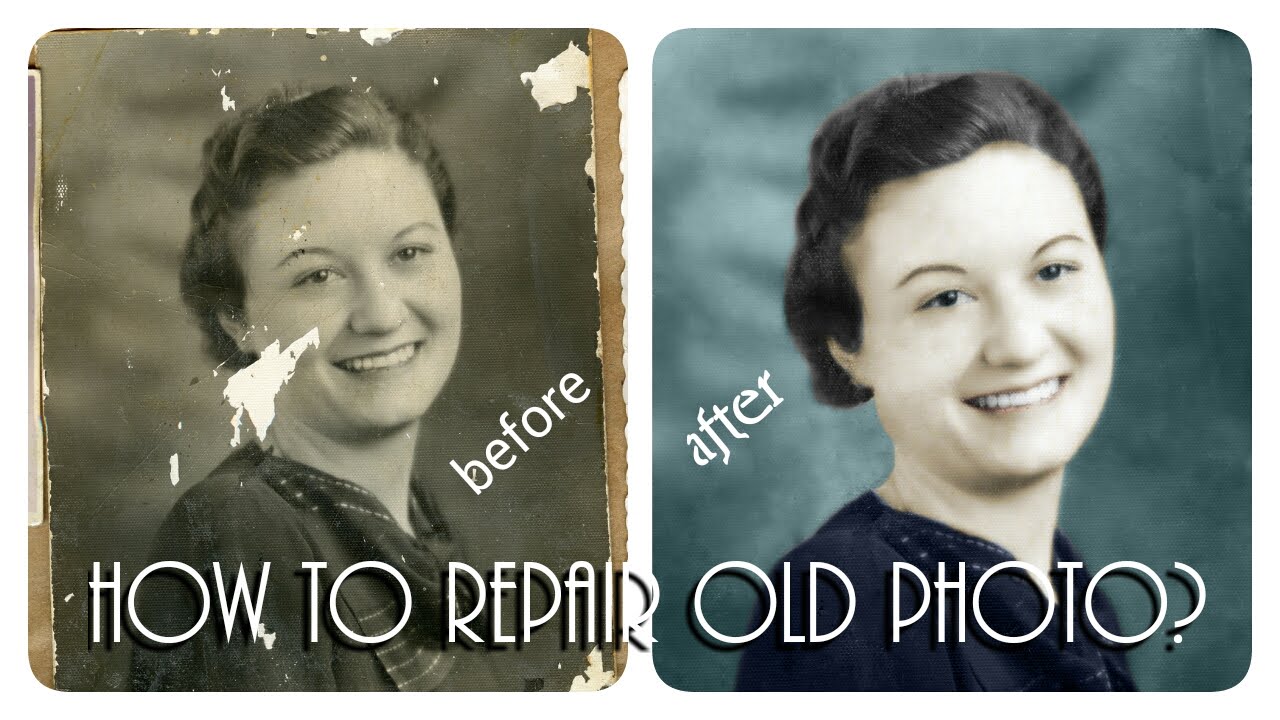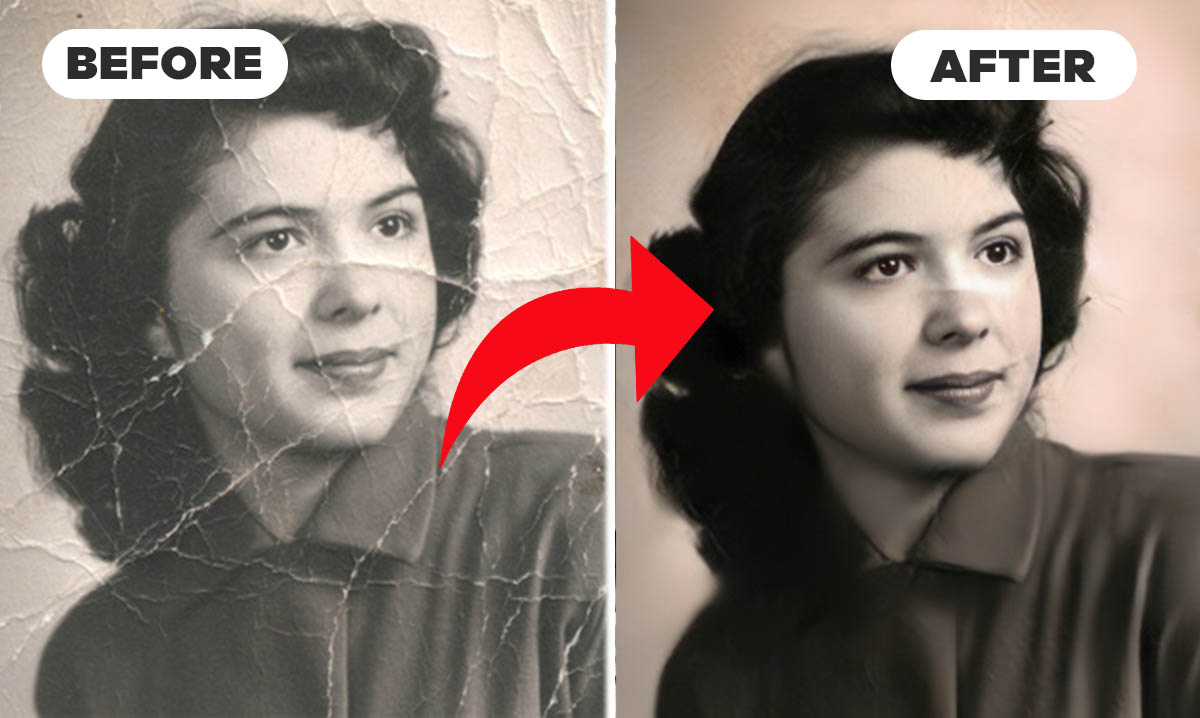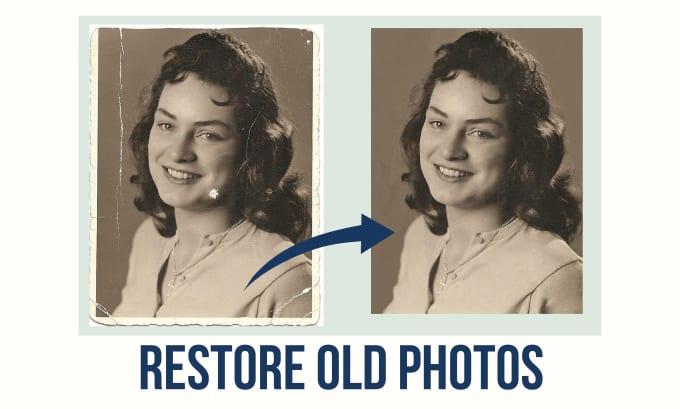Bringing an old car back to life, giving it a new chance to shine, truly feels like a special kind of magic. It's about more than just fixing up an old machine; it's about preserving a piece of history, a bit of the past, and making it road-ready again for someone to enjoy. You see, when you think about how to restore classic cars, you're really thinking about a labor of love, a project that asks for patience and a gentle touch, but offers so much satisfaction in return, you know?
Many folks wonder where to even begin when they consider taking on such a project. Perhaps they have an old beauty sitting in a garage, maybe a family heirloom, or something they found that just spoke to them. They might be asking themselves how to get it running like it used to, or how to make it look as good as it did when it first rolled off the assembly line. It’s a common thought, too, that some of these older vehicles have stories to tell, and getting them back into shape lets those stories keep going.
This idea of bringing something back from an earlier state, much like going back to a previous version of something familiar, is a good way to think about it. It means getting things working properly again, undoing some of the wear and tear that time and use have put on it. We will explore some thoughts on how to approach this kind of work, getting your beloved vehicle back to a condition where it can be appreciated once more.
- Sona Actress Age
- Full Moon October 2023
- Vanessa Williams Spouse
- Does Pablo Have A Wife
- Skinwalker Ranch Current Status
Table of Contents
- What Does it Mean to Bring a Classic Car Back to Life?
- Getting Started - Planning Your Classic Car Restoration
- Finding the Right Parts for Your Classic Car Restoration
- Tackling the Unexpected in How to Restore Classic Cars
- Old Ways for New Beginnings in Classic Car Restoration
What Does it Mean to Bring a Classic Car Back to Life?
You might be asking yourself, what does it truly mean to bring a classic car back to an earlier condition? Well, it's a bit like turning back the clock for your cherished vehicle, allowing it to regain some of its youthful vigor and appearance. This process, you know, involves getting the car to a state it was in before certain issues popped up, or even returning it to its original factory condition. It's not just about patching things up; it’s about a thoughtful process of renewal. For instance, if your vehicle is showing signs of trouble, perhaps it’s not running smoothly, or maybe parts of its body are looking a little worse for wear, this kind of work aims to fix those matters by taking it back to a time when things were, frankly, much better.
The whole idea centers around the concept of a "restoration plan," which, if you've put one together, acts like a guide, helping you bring your cherished automobile back to a previous, more desirable state. It’s a bit like having a blueprint for its past self. This plan, you see, helps you go back to an earlier point in the car's existence, before some of the current issues started to show their face. It's a way to reverse some of the wear and tear, getting things working properly again, as a matter of fact. Without such a guiding idea, the work can feel a bit scattered, so having a good plan in place really helps keep things on track.
A good restoration plan, or what you might think of as a "restoration point," includes a wide array of important vehicle components. This means looking at the mechanical bits that make it move, the various electrical connections, and even the structural details of its body. If your car is having a bit of a problem, something that could be solved by bringing it back to an older, more stable configuration, then these planned steps are exactly what you need. It’s about making sure all the pieces fit together and work in harmony, much like they did when the car was first made. This kind of careful attention ensures that the vehicle isn't just running, but running well, and looking its best, too.
- Why Did Phil Spector Kill Lana Clarkson
- Strawberry Tabby Leaked
- How Tall Was Gregg Allman
- Is Ryan Kelly Still With Celtic Thunder
- Trace Ayala And Wife
Getting Started - Planning Your Classic Car Restoration
So, how do you actually go about making one of these "restoration points" for your classic car? It’s really about setting up a baseline, a clear picture of your vehicle before you start making changes. This involves documenting its current condition thoroughly. Think about taking lots of pictures, writing down notes about any existing damage or quirks, and making a list of all the parts you have and what you think you might need. This careful preparation, if you've done it, is like turning on a protective feature for your project. It gives you a clear reference point, something to go back to, which really helps you get your car back to an earlier, more original state. It’s a foundational step, quite literally, for your entire project.
This planning stage is also where you think about the extent of your project. Are you aiming for a complete, factory-fresh look, or just getting it running reliably for weekend drives? Your answer will shape the kind of "restore point" you create. It’s like deciding if you want to simply fix a few things or do a full overhaul. Having this clear picture helps you avoid getting lost in the middle of the work, and it ensures that you're always working towards a specific, desired outcome. It’s surprisingly helpful to have these thoughts laid out before you even pick up a wrench, just a little bit of foresight goes a long way.
Preparing for Your Classic Car Restoration
Preparing for your classic car restoration means more than just gathering tools; it involves a deep look at what you have and what you need. It’s about understanding the original specifications of your vehicle. For example, if your car isn't running as it should, and you wish to reset it to a time in the past, perhaps to how it was just a few months ago, then putting together a solid restoration plan is the way to go. This involves figuring out what parts are original, what might have been changed over the years, and what needs to be sourced to bring it back to its former glory. It's a bit like going through old blueprints to see how something was originally put together, you know?
This preparation also includes thinking about what you might want to remove or change from the car to make it more authentic. Some folks, for instance, prefer to keep things as original as possible, removing any modern additions that might have been put in over the years. It’s like when someone might choose to disconnect certain newer, non-essential elements from their car’s setup because they prefer a simpler, more traditional experience. This approach helps preserve the true character of the vehicle, ensuring that its history is respected. It’s a personal choice, of course, but for many, keeping it true to its era is a big part of the appeal of how to restore classic cars, and it’s a good thing to consider early on.
Finding the Right Parts for Your Classic Car Restoration
A frequent question that pops up for those working on these projects is, "How do I get the right parts back?" It’s a common concern, and honestly, finding good answers can sometimes feel like searching for a needle in a haystack. Many people share this same thought, and it seems there aren't always easy solutions available. The thing is, you’re not just trying to replace a single, small piece, like a specific bolt or a tiny indicator light. Instead, you are often looking for larger, more complex components, or even entire assemblies that are no longer made. This search can be quite a challenge, requiring patience and a good deal of detective work, as a matter of fact.
When you are looking for these pieces, it's a bit like trying to find older versions of important documents or records. If you can't seem to locate a specific part on your own, or if you find that a part you have has been changed or perhaps even removed by accident, you can try to find original specifications or diagrams. This involves looking through old service manuals, parts catalogs, or even connecting with communities of other classic car enthusiasts who might have spare parts or knowledge about where to find them. It's a process of careful searching, and it can take a fair bit of time, you know, to track down just the right item.
Dealing with Missing Pieces in How to Restore Classic Cars
Dealing with missing pieces when you are working on how to restore classic cars can be one of the most frustrating parts of the whole process. You might try on many occasions to get back certain original components or even just information about them, but sometimes, despite your best efforts, you just don't have any luck. It’s a bit like trying to recover old lost messages or accounts; sometimes, they are just gone, and there's not much you can do about it. This can be a tough pill to swallow, especially when you are aiming for complete authenticity, so it's something you have to be prepared for.
In such cases, you might need to consider alternatives. This could mean finding a reproduction part that closely matches the original, or perhaps even having a part custom-made. While it might not be the exact original piece, the goal is to find something that functions correctly and looks as close as possible to what was there before. It’s a compromise, perhaps, but one that allows the project to move forward rather than getting stuck. You see, sometimes you have to be a little flexible in your approach to keep the momentum going, which is perfectly fine for a restoration project.
Tackling the Unexpected in How to Restore Classic Cars
Have you ever started a project only to find that something isn't quite fitting right, or a piece is a bit off? Well, when you are working on how to restore classic cars, you will definitely run into moments where you need to adjust things. Sometimes, a part might seem too big for its spot, or perhaps it's not sitting flush with other components. This is where the ability to "restore" or "restore down" comes into play. It’s like when you have a window on a computer screen that's taken up all the space, and you want to bring it back to a smaller size, the size it was before it got so big. You need to make it fit just right again, which, frankly, takes a bit of finesse.
This idea of adjusting elements applies to many parts of a car. You might have a panel that needs to be reshaped slightly, or a piece of trim that needs to be carefully bent back into its proper form. This kind of work is about making sure everything aligns correctly and looks as it should. This kind of careful adjustment will show you different ways to bring an open part or component back to its intended form and size. It’s a constant dance between making things fit and making them look good, and it really requires a keen eye and a steady hand, too.
It's not just about physical adjustments either; sometimes, it's about getting the car's various systems to work together as they once did. This might mean tuning the engine so it runs smoothly, or ensuring the electrical connections are all solid. It's about bringing the whole vehicle
Related Resources:



Detail Author:
- Name : Jeffry Moen
- Username : bayer.lilliana
- Email : dangelo35@treutel.com
- Birthdate : 1986-04-09
- Address : 73495 West Terrace Kihnshire, CO 71590
- Phone : (281) 367-8096
- Company : Moen, Hill and Kunde
- Job : Engineering Technician
- Bio : Repudiandae est voluptate eveniet voluptates. Aut sequi ullam ipsum. Nihil soluta exercitationem alias odit neque rerum. Voluptas ut non dignissimos quidem. Animi aliquam harum eaque soluta.
Socials
tiktok:
- url : https://tiktok.com/@katherine3755
- username : katherine3755
- bio : Repudiandae amet et modi consequatur expedita.
- followers : 2946
- following : 924
twitter:
- url : https://twitter.com/katherine7649
- username : katherine7649
- bio : Aspernatur sit reiciendis ut quasi. Nostrum labore vel ut amet odio nesciunt. Laborum ut porro nostrum vitae. Et officiis ullam dolores delectus.
- followers : 4381
- following : 1579
linkedin:
- url : https://linkedin.com/in/katherine_corwin
- username : katherine_corwin
- bio : Error sint ea et expedita.
- followers : 4971
- following : 2748
facebook:
- url : https://facebook.com/katherine_id
- username : katherine_id
- bio : Corporis omnis dolorem tempora porro in deserunt.
- followers : 3774
- following : 2933